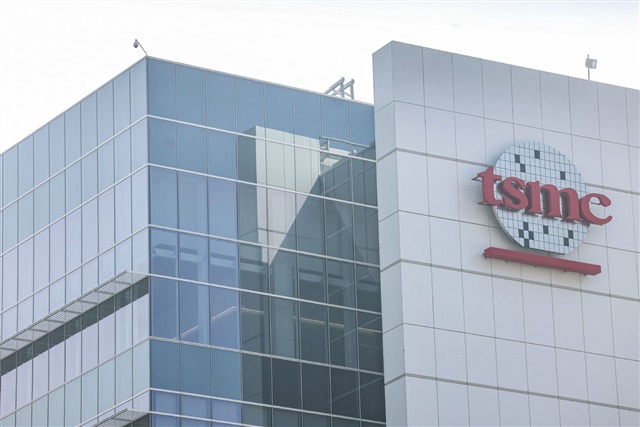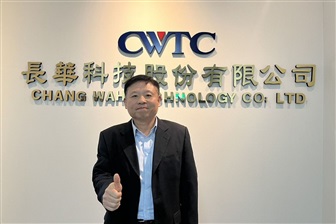India has made measurable progress in nurturing a domestic semiconductor chip design ecosystem, with early outcomes emerging from government-backed programmes aimed at reducing dependence on imported intellectual property and strengthening participation in higher-value segments of the global chip industry.
Yield Microelectronics Corp., a Taiwanese designer of embedded nonvolatile memory (eNVM) silicon intellectual property, has quietly established itself as a leader in multi-time programmable eNVM for logic processes. Buoyed by a growing stream of royalty income, the company has posted gross margins of 99% for two consecutive years—an exceptionally rare figure in the semiconductor industry.
Nvidia CEO Jensen Huang addressed concerns over tight memory supply and soaring prices during a media Q&A at CES 2026, stating that Nvidia is likely the world's only chip company consistently purchasing large volumes of memory and ranks among the largest direct memory buyers globally.
Semiconductor test solution supplier WinWay recorded its highest-ever revenue in December 2025, fueled by strong demand from artificial intelligence (AI), high-performance computing (HPC), and application-specific integrated circuit (ASIC) customers. The company's December revenue reached NT$928 million (US$29.44 million), up 103.79% year over year and 48.42% from November.
Following the US government's decision to ease restrictions on Nvidia H200 chip exports to China, Wei Shaojun, vice chairman of the China Semiconductor Industry Association (CSIA), warned domestic firms to exercise caution when placing orders, saying Washington's true strategic intent remains unclear.
With the ongoing volatility in the electronics supply chain and persistent component shortages, Chicony Power is accelerating its transformation on the back of its existing notebook power supply business. The company is cautious for 2026 with expectations that the PC and consumer electronics industries will be constrained by semiconductor supply issues. In response, Chicony Power stated that it will shift its operational focus from pursuing shipment scale to optimizing its product mix. Through strategic alliances, the company has officially entered Supermicro's modular AI containerized computing center supply chain, intending to offset volatility in the traditional consumer electronics market with high-value-added AI applications and intelligent solutions.
US President Donald Trump recently met with Intel CEO Lip-Bu Tan at the White House to discuss the development progress of Intel's next-generation processors and the latest status of the US government's investment in the company. Trump later posted on Truth Social that the meeting with "the very successful Intel CEO" was highly productive and emphasized that the US government's stake in Intel is a great deal, helping bring advanced chip manufacturing back to the US. In his post, Trump also wrote that Intel has launched its first CPU designed, manufactured, and packaged in the US at sub-2nm process technology.
At CES 2026, Qualcomm Technologies highlighted new collaborations and growing adoption of its Snapdragon Digital Chassis solutions, aiming to advance software-defined vehicles (SDVs) and agentic AI-driven in-cabin experiences. The company outlined updates across infotainment, digital cockpit, advanced driver-assistance systems (ADAS), and end-to-end automated driving platforms.
Taiwan's National Science and Technology Council (NSTC) has designated the silicon photonics (SiPh) co-packaged optics (CPO)-AI ecosystem as a core focus for the next decade, aiming to advance key AI computing infrastructure and technologies. This move aligns with the government's new AI-driven initiatives under the "New Ten Major AI Construction Projects," which include unmanned vehicles, smart robots, SiPh, and quantum technology development. The NSTC's decision comes amid a stalled 2026 budget proposal totaling NT$299.2 billion (US$9.5 billion), which includes funding for these critical tech sectors. If the 2026 plan is interrupted, continuation will depend on securing support beyond 2027 to maintain momentum in this strategic area.
AMEC disclosed on January 8, 2026, that its founder and chairman, Gerald Yin, plans to reduce his personal shareholding over the next three months to meet tax obligations following his restoration of Chinese citizenship. The filing shows that Yin plans to sell up to 290,000 shares via centralized bidding starting 15 trading days after the announcement, with the sale window running from January 30 to April 29, 2026. The transaction represents 0.046% of AMEC's total outstanding shares.
Shanghai Iluvatar CoreX Semiconductor, a Chinese general-purpose GPU developer, listed on the Hong Kong Stock Exchange's Main Board on January 8, 2025. Shares were priced at HKD144.6 (US$18.5), raising about HKD3.7 billion (US$474 million). The stock jumped 31.5% at the open to HKD190.2, lifting its debut valuation above HKD47.5 billion, signalling investor demand for China's domestic compute hardware.
More coverage



